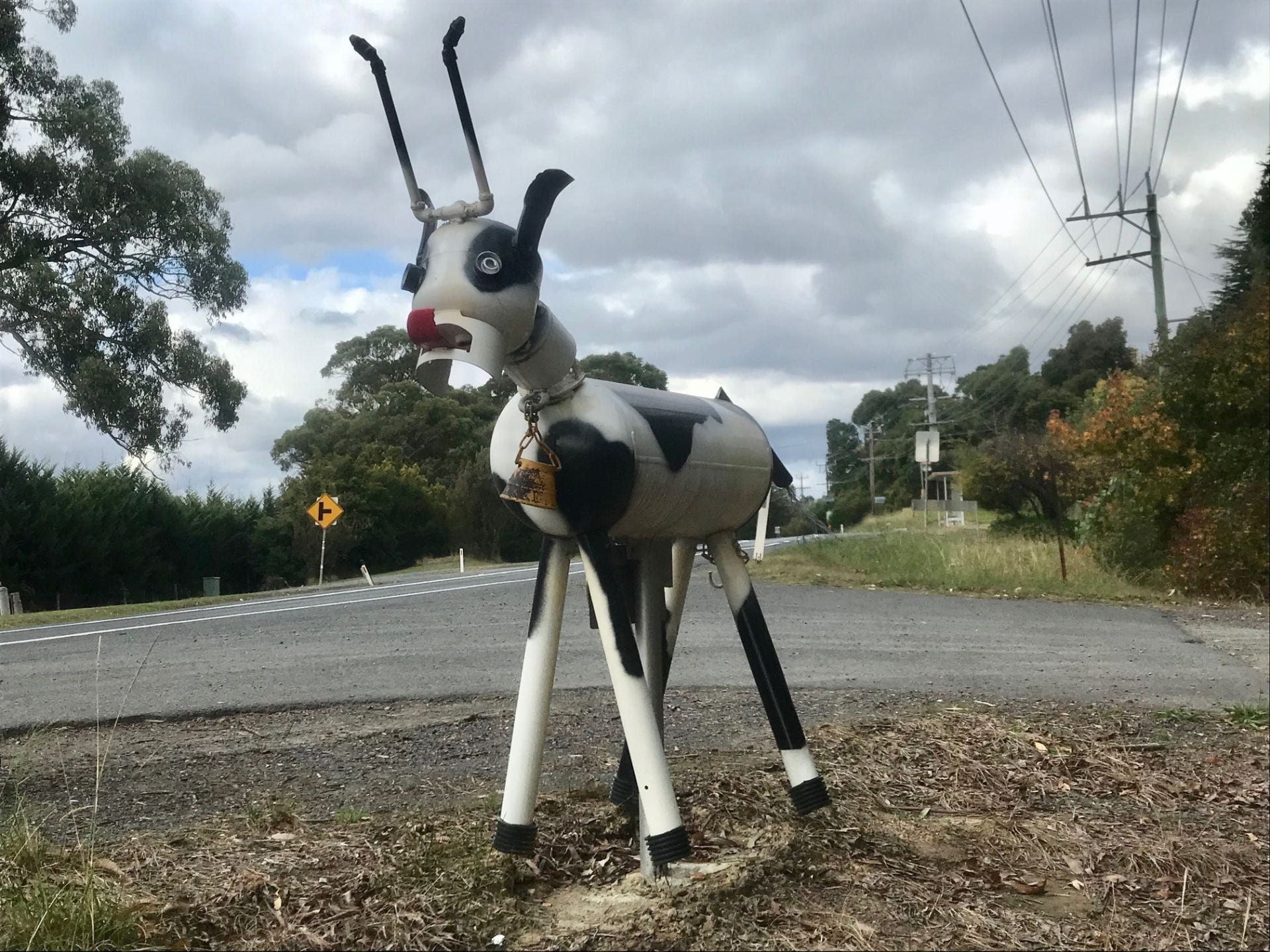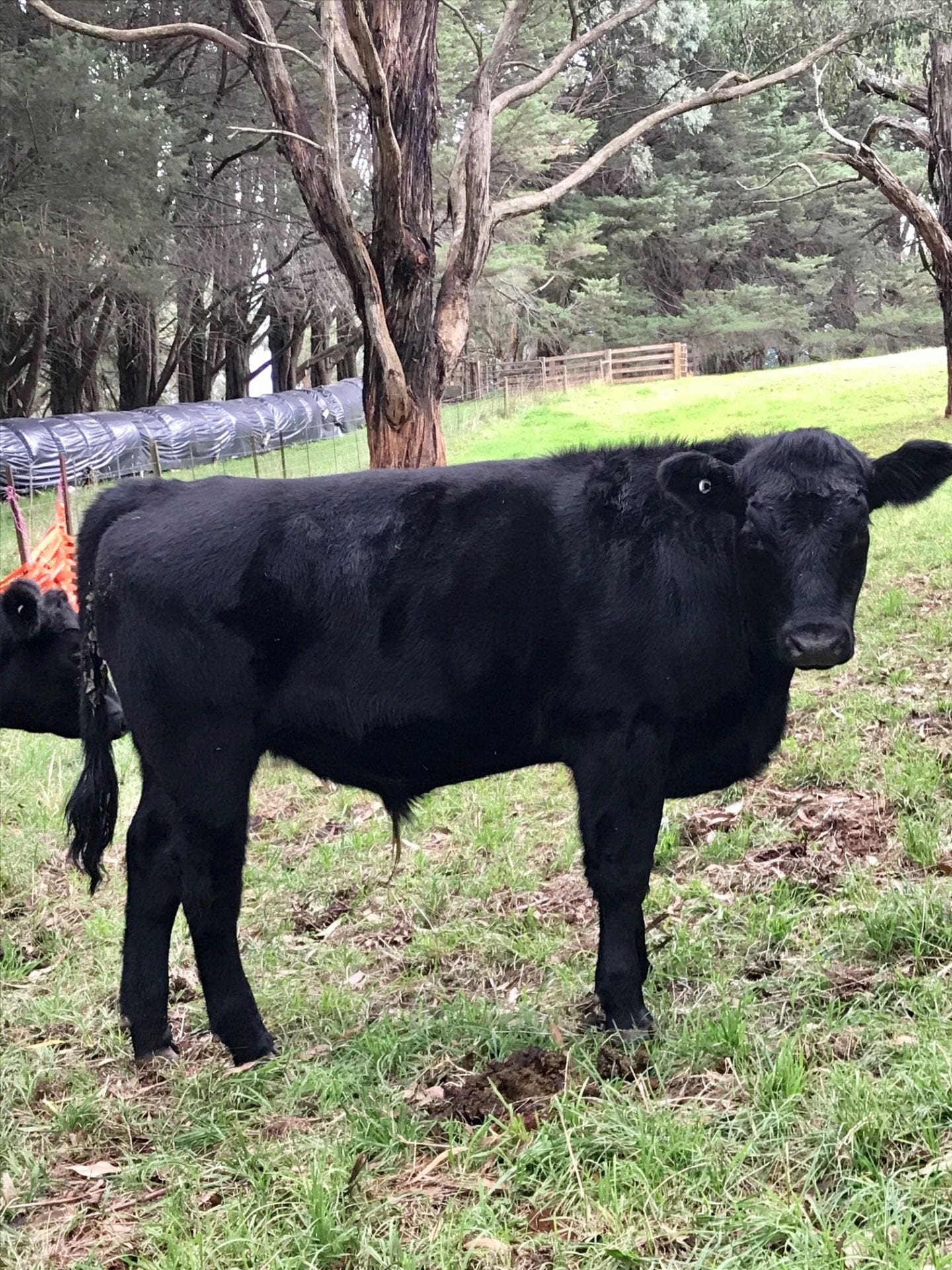
What can cattle teach us about evolution?
Ary Hoffmann
Charles Darwin in his On the Origin of Species used data from domestic animals to argue for the power of natural selection in changing phenotypes. These included examples from birds and dogs as well as livestock. The latter having been selected across many years to increase productive yields such as milk and meat. A global industry has grown up around the selection of livestock phenotypes, particularly for cattle. Today sophisticated mathematical models take advantage complex genomic and trait data sets are used by breeders to ensure maximum gains for their industries; in some cases 10s of thousands of animals are tracked across generations to produce databases that feed into this enterprise.

In studying the ability of species to rapidly adapt to environmental selection pressures, we are often interested in the extent to which traits will change in populations, just like livestock breeders when they try to improve yield and quality of their livestock. In fact, the same statistical models used by breeders to predict trait changes for production are used by biologists interested in natural populations. When studying natural selection, we are keenly interested in estimating the heritability of a trait, which indicates the extent to which variation in that trait is determined by genes rather than environmental sources. We’re also interested in the extent to which traits are variable under different environments – the level of variation or uniformity of a trait. Measures of heritability and uniformity of traits are important in predicting how readily a population will evolve under selective pressures—traits with high heritability should respond more rapidly to pressure. They are also important when trying to predict whether organisms can continue to function well under different environmental conditions—traits linked to reproduction often have high uniformity regardless of environmental conditions.
Unfortunately, when estimating heritability and uniformity parameters critical for understanding recent evolution in natural populations of wild animals, we are often constrained by imprecise measurements due to small sample sizes. Accurate estimates of heritability and uniformity require hundreds (preferably thousands) of related groups of individuals. For many wild populations it is impractical to accurately track enough animals across populations and generations. Therefore these parameter estimates can have very wide error margins—heritability estimates vary between 0-100%, so when an estimate of 50% has an error margin of plus or minus 30% it is hard to know if the trait has high heritability (able to respond quickly to selective pressure) or low heritability (changing very little when selection acts on a population). This can be critical when predicting if a given population can adapt to the stresses of a changing environment via genetic adaptation – or whether they may fail to adapt rapidly enough, and potentially go extinct.
One solution to this problem is to make parameter inferences from livestock data—taking advantage of these pre-existing high quality datasets. The agricultural environment is of course different to the natural environment, in that conditions tend to be less variable, and pressure from diseases are kept at a minimum. Nevertheless, comparisons of trait heritability and uniformity can still be validly made. This can deliver inferences of what might be expected in natural populations. Moreover, the same trait comparisons can help understand what evolutionary limits might exist in changing livestock traits through breeding.
And so, over two collaborative studies (2016, 2020) with researchers from Sweden, Denmark and Finland, we extracted information from detailed studies of livestock data to investigate these patterns. We compared heritability in different types of traits, particularly those related to the “life history” of organisms—rates of development, reproduction, ageing, maturity; and those linked to “morphology”—the shape, size and colour of bodies and limbs. Because of ongoing natural selection, we predict life history traits would show low heritability. This is because natural selection acts to remove any alleles that decrease reproductive output or slow rates of maturity and thereby decrease fitness. On the other hand, the heritability of morphological traits is expected to be relatively high. Consistent with these expectations, we showed that cattle had low heritabilities for life history traits compared to morphological traits (Figure 1). Livestock therefore fit expectations based on how selection should influence genetic variation in traits. Other classes of traits also showed patterns of heritability that met expectations based on the extent to which they would be affected by natural selection.

Figure 1. Comparison among traits in cattle. Life history traits closely connected to fitness have a lower heritability than morphological traits and are closely tied to fitness (Hoffmann et al. 2016)
We also investigated the extent to which environmental variability in traits (i.e., the opposite of uniformity) was expressed in different environments. We wanted to see if cattle were more uniform under the agricultural settings for which they had selected. Most selection for traits such as milk yield has taken place in high quality environments where farmers are seeking low variability to ensure optimal performance. We therefore reasoned that in optimal environments, traits like milk yield should show a high degree of uniformity; cattle have been selected to produce high yields in good pastures, resulting in a high level of uniformity among individuals. However, under less optimal conditions we expected less uniformity, because selection has not been carried out to produce relatively uniform production traits under those environments. This is the pattern that we found: milk yield and other traits like weaning time showed less variability as conditions became less stressful (Figure 2).

Figure 2. Association between environmental optimality and uniformity among cattle for milk yield, showing cattle tend to be more uniform when raised in optimal environmental conditions. These patterns suggest a past history of selection to decrease variability in this trait under high quality environmental conditions (Shou et al. 2020)
These patterns highlight that cattle, like animals in natural populations, show signatures of selective processes that have acted on them over many generations. This has enabled farmers to maintain increases in yields across many generations. However, there is a cost involved as well. Strong selection eventually decays genetic variation, limiting the extent to which production traits might continue to be selected. And if conditions become less favourable for agriculture than in the past, it seems likely that not all animals will be high performers as variability is increased. In natural populations, traits will continue to show variability because conditions regularly change, with selection favouring different alleles that affect traits across time.
Hoffmann, A.A. Merilä, J. Kristensen, T.N. (2016). Heritability and evolvability of fitness and non-fitness traits: lessons from livestock. Evolution 70:1770-177. https://doi.org/10.1111/evo.12992
Schou, M. Kristensen, T.N. Hoffmann, A.A. (2020). Patterns of environmental variance across environments and traits in domestic cattle. Evolutionary Applications https://doi.org/10.1111/eva.12924